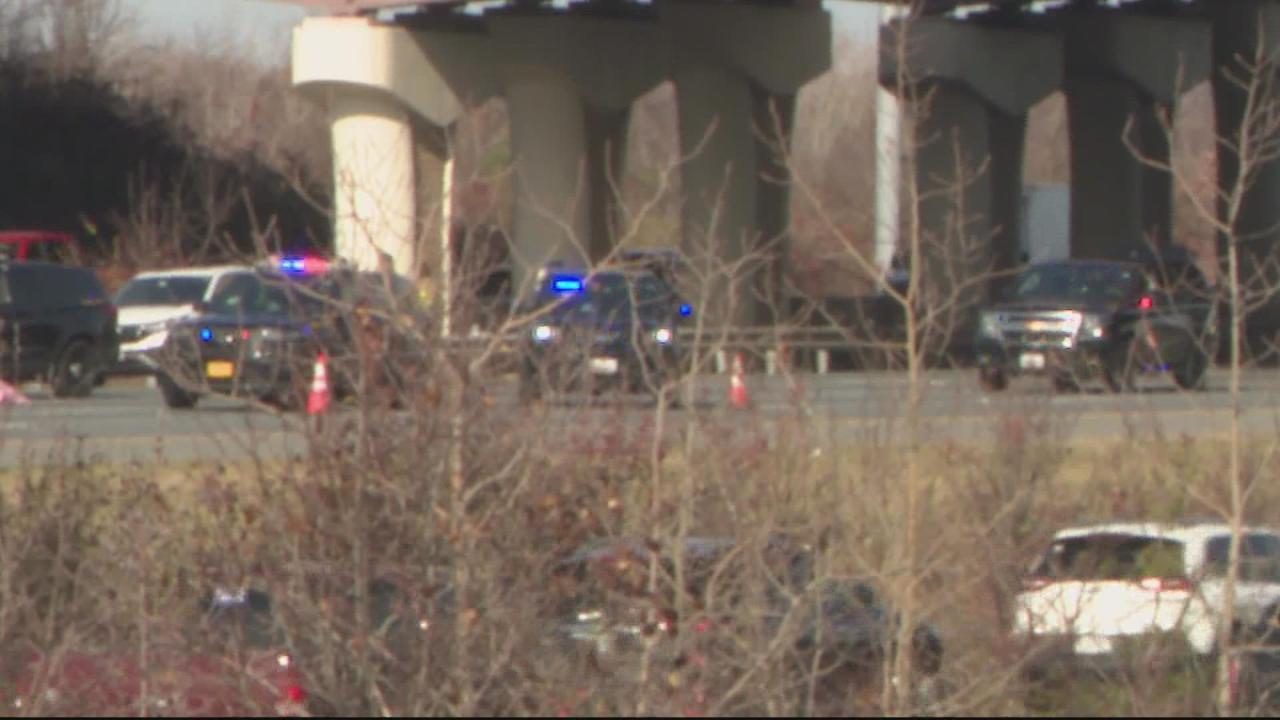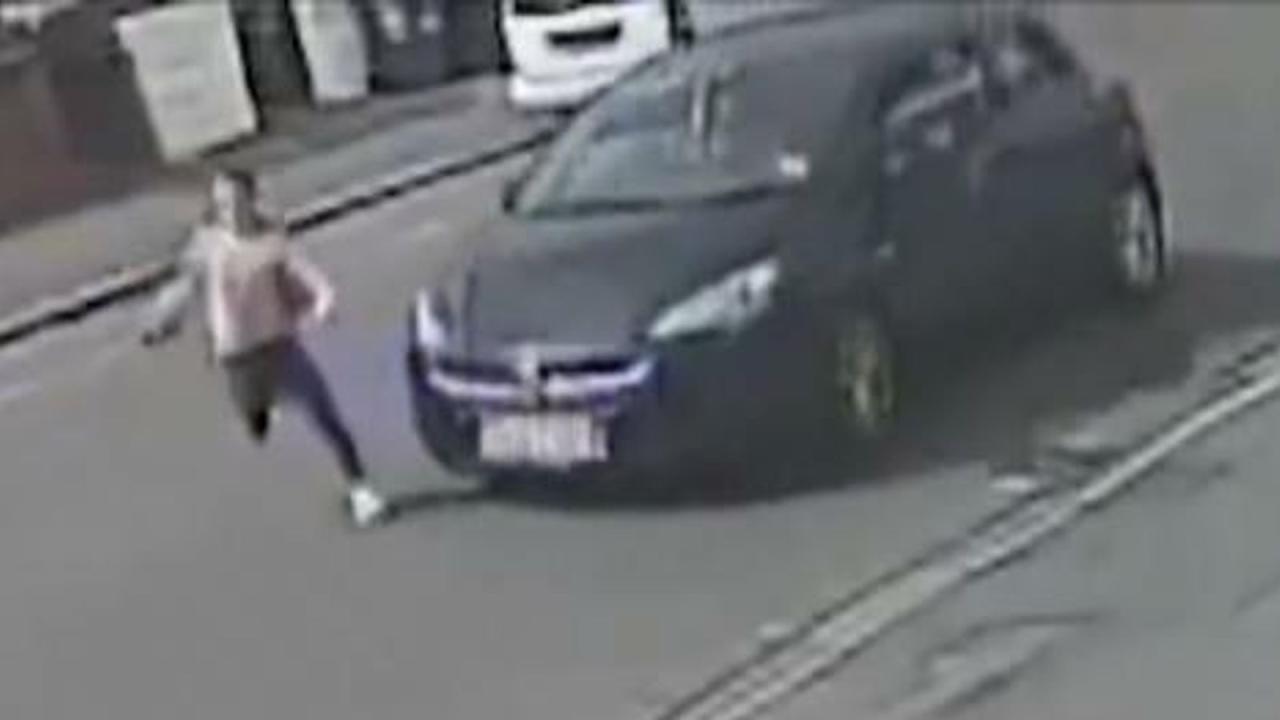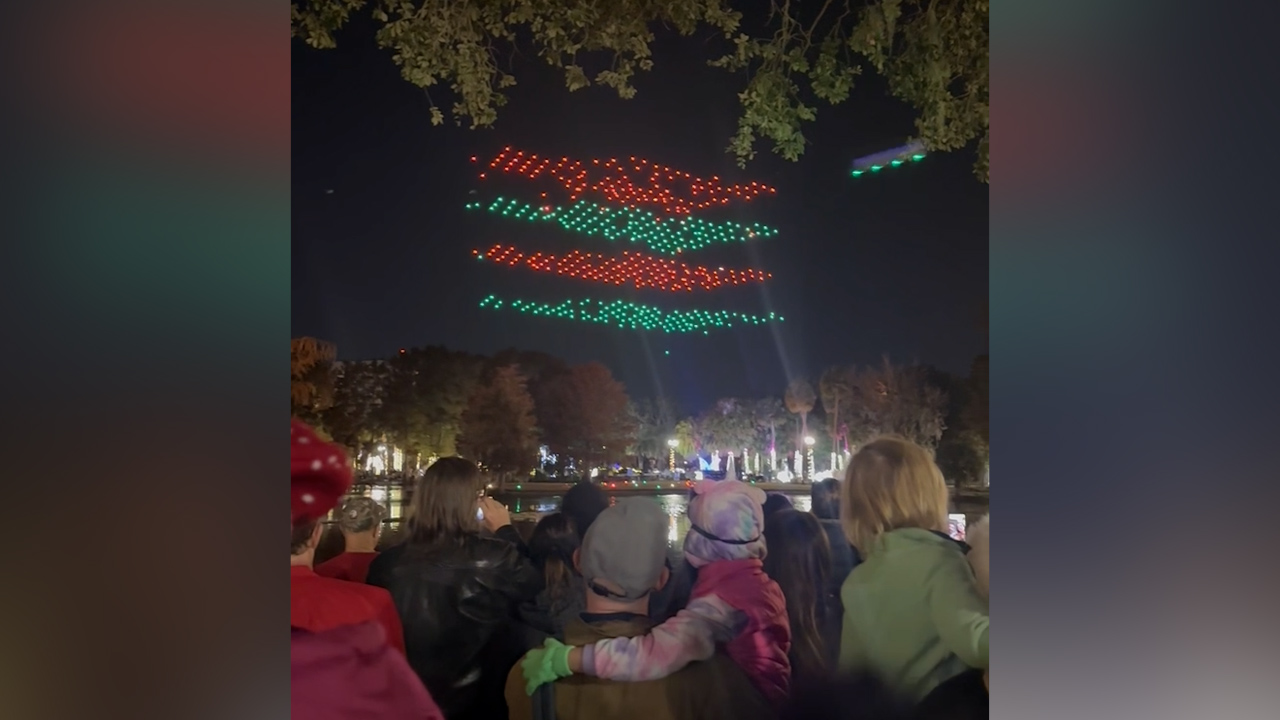Boy hit by drone – it’s a chilling scenario that highlights the growing concerns surrounding drone safety. This isn’t just about a technological mishap; it’s about the potential for serious injury and the urgent need for improved regulations and public awareness. We’ll explore various accident scenarios, examine the legal ramifications, and delve into preventative measures to ensure safer skies for everyone.
This exploration covers potential causes, ranging from operator error to malfunctioning equipment, and examines the severity of injuries a child might sustain. We’ll also discuss the legal responsibilities of drone operators and the ongoing debate about stricter regulations, particularly in populated areas. Finally, we’ll look at technological advancements aimed at preventing future incidents.
The Incident: A Boy Hit by a Drone
Drone accidents involving injury are thankfully rare, but understanding the potential scenarios, injuries, and drone types involved is crucial for improving safety. This section will detail various possibilities, focusing on the mechanics of such incidents and the resulting consequences.
Possible Scenarios Leading to a Drone Impact
Several circumstances could lead to a boy being hit by a drone. Here are three distinct scenarios:
- Malfunctioning Drone: A sudden malfunction, such as a loss of control due to a technical failure (e.g., GPS failure, motor failure), could cause a drone to fall unexpectedly, striking a person below. This is particularly dangerous with heavier drones.
- Operator Error: An inexperienced or careless drone operator might lose control, causing the drone to veer off course and collide with someone. This could involve issues with navigation, range limitations, or simply inattention.
- Unforeseen Circumstances: Strong winds or other environmental factors could unexpectedly affect a drone’s flight path, resulting in an unintended collision with a person. This highlights the unpredictable nature of outdoor drone operations.
Possible Injuries from Drone Impact, Boy hit by drone
The severity of injuries sustained from a drone impact depends on several factors, including the drone’s size, weight, speed, and the point of impact on the body.
| Injury Type | Severity | Potential Causes | Treatment |
|---|---|---|---|
| Concussion | Mild to Severe | Impact to the head; even smaller drones can cause this. | Observation, rest, medical evaluation. |
| Lacerations | Mild to Moderate | Rotating propellers, sharp drone components. | Cleaning, stitching, or other wound care. |
| Fractures | Moderate to Severe | Impact from heavier drones; falling drone hitting bones. | Casting, surgery, pain management. |
| Bruises/Contusions | Mild | Impact from any size drone. | Rest, ice, pain relievers. |
Types of Drones Involved in Potential Incidents
The type of drone involved significantly impacts the potential severity of an accident. Here’s a breakdown based on key characteristics:
- Small Consumer Drones: Typically lightweight (under 2 kg), with plastic propellers. While less likely to cause severe injuries, they can still inflict concussions or lacerations.
- Larger Commercial Drones: These can weigh several kilograms and have more powerful motors. The increased weight and speed drastically increase the risk of serious injuries.
- Racing Drones: Designed for speed and agility, these drones are often small but extremely fast, capable of inflicting significant injuries due to their velocity.
Legal and Ethical Ramifications
Accidents involving drones raise complex legal and ethical questions, mirroring and extending those seen in other areas of personal injury law. This section explores the legal responsibilities and potential claims arising from such incidents.
Legal Responsibilities of Drone Operators
Drone operators bear significant responsibility for the safe operation of their aircraft. Similar to drivers of cars, they are expected to operate their drones in a manner that does not endanger others. Negligence, a failure to exercise reasonable care, is a key legal concept here. A failure to follow safety guidelines, maintain the drone, or operate it responsibly could lead to legal repercussions.
Potential Legal Claims

Several legal claims could arise from a drone striking a boy. Negligence, as mentioned, is a primary claim. Additionally, product liability claims could be brought against the drone manufacturer if a defect in the drone’s design or manufacture contributed to the accident.
A boy getting hit by a drone is a serious safety concern, highlighting the need for better regulations and operator training. To see how large-scale drone operations are managed, check out the impressive light show at the orlando drone show , which offers a glimpse into the potential, and the risks, of advanced drone technology. Understanding these risks is crucial to preventing incidents like a child being injured by a falling drone.
Arguments for and Against Stricter Drone Regulations
The debate over stricter drone regulations in populated areas is ongoing. Advocates for stricter rules cite safety concerns and the potential for harm. Opponents argue that overregulation could stifle innovation and economic growth within the drone industry. A balanced approach, emphasizing safety without stifling innovation, is needed.
Safety and Prevention Measures
Preventing drone accidents requires a multi-pronged approach involving public awareness, improved drone design, and technological solutions. This section Artikels key measures to enhance drone safety.
Public Awareness Campaign
A comprehensive public awareness campaign is crucial. This could involve catchy slogans like “Fly Smart, Fly Safe,” “Drones: Know the Rules,” or “Respect Airspace, Respect People.” Visual elements could include infographics depicting safe drone operation and the potential dangers of irresponsible flying. The campaign should target both drone operators and the general public, emphasizing responsible drone usage and awareness of potential hazards.
Safety Features for Drone Design
Several safety features could be incorporated into drone design to mitigate the risk of accidents:
- Automatic Emergency Landing Systems: Drones should be equipped with systems that automatically land the drone if a critical failure occurs.
- Obstacle Avoidance Technology: Advanced sensors and algorithms could detect and avoid obstacles, including people.
- Geo-fencing with Enhanced Capabilities: This would prevent drones from flying into restricted areas, such as playgrounds or schools, and even incorporate real-time data like crowd density.
- Propeller Guards: Improved propeller guards could reduce the severity of injuries in the event of a collision.
Geofencing Technology Implementation
Geofencing technology uses GPS and other technologies to define virtual boundaries for drones. By programming drones to avoid these areas, accidents in sensitive locations can be prevented. This requires a comprehensive database of restricted areas and reliable GPS signal reception.
Technological and Societal Impacts: Boy Hit By Drone
The increasing use of drones presents both opportunities and challenges. This section examines the risks associated with drone technology, its potential long-term societal impacts, and the role of technology in preventing future accidents.
A boy getting hit by a drone is a scary thought, highlighting the potential dangers of these increasingly common devices. This incident makes you think about larger-scale issues, like the recent orlando drone show malfunction , where a technical failure could have easily led to similar accidents on a much larger scale. So, while a single drone hitting a boy is concerning, the Orlando incident shows how important safety protocols and regulations really are.
Comparison of Drone Risks to Other Technologies
The risks associated with drones are comparable to those of other technologies. Cars and bicycles, for instance, also pose risks of accidents. The key difference lies in the accessibility and potential for widespread use of drones. Unlike cars, which require licenses and registration, drone access is relatively easy, demanding careful consideration of the safety implications.
Potential Long-Term Societal Effects

Widespread drone usage could lead to increased surveillance concerns, privacy violations, and the need for robust regulatory frameworks. Positive societal impacts could include improved delivery services, infrastructure inspections, and search and rescue operations. Careful management is needed to maximize benefits while mitigating risks.
Role of Technology in Preventing Future Accidents
Technological advancements are vital for preventing future drone accidents. Improvements in drone control systems, autonomous navigation, and obstacle avoidance technology will be crucial. The development of fail-safe mechanisms and real-time monitoring systems can significantly reduce the likelihood of accidents.
Illustrative Example: A Hypothetical Case Study
Consider a hypothetical scenario to understand the complexities involved.
A 10-year-old boy, playing in a local park, was struck by a large commercial drone that malfunctioned during a delivery operation. The drone, weighing approximately 5 kg, fell from a height of approximately 50 meters, causing a severe head injury and multiple fractures. The drone operator, lacking proper training and disregarding safety guidelines, was subsequently found liable for negligence. The manufacturer was also partially liable due to a design flaw in the drone’s emergency landing system. The incident led to significant legal costs, medical expenses, and emotional trauma for the boy and his family. The case spurred increased calls for stricter drone regulations and improved safety features in drone design.
Scene of the Accident
The accident occurred in a sunny, crowded park on a weekday afternoon. The drone, a large, quadcopter-style model, fell near a playground, landing close to where the boy was playing. The boy was visibly injured, lying on the ground near the damaged drone, surrounded by concerned onlookers.
Impact on Future Regulations and Public Perception

This hypothetical case highlights the potential severity of drone accidents and the need for robust safety regulations. The incident would likely influence public perception of drone technology, potentially leading to increased calls for stricter regulations and improved safety standards. It would also underscore the importance of operator training and the need for manufacturers to prioritize safety in drone design and production.
Closing Notes
The increasing prevalence of drones necessitates a proactive approach to safety. While technology offers solutions like geofencing and improved control systems, responsible operation and public awareness remain paramount. By understanding the risks and implementing preventative measures, we can work towards a future where drone technology benefits society without posing unacceptable dangers. The hypothetical case study serves as a stark reminder of the real-world consequences of drone accidents, emphasizing the critical need for ongoing dialogue and improvement in safety protocols.
FAQ Compilation
What types of injuries are most common in drone-related accidents?
A boy being hit by a drone is a serious safety concern, highlighting the need for responsible drone operation. To learn more about safe drone practices and large-scale drone displays, check out the details of the impressive orlando drone show , which showcases advanced safety protocols. Understanding these protocols is crucial to prevent similar incidents involving children and drones in the future.
Injuries can range from minor bruises and lacerations to severe head trauma, broken bones, and internal injuries, depending on the drone’s size, speed, and the impact point.
Who is liable if a drone hits someone?
Liability depends on the circumstances. The drone operator is usually held primarily responsible, but manufacturers could also be liable if a product defect contributed to the accident.
Are there any existing regulations governing drone operation near people?
Regulations vary by country and region, but many areas have rules about flying drones near people, in populated areas, and at certain altitudes. Check local laws before operating a drone.
What is geofencing and how does it improve drone safety?
Geofencing uses GPS technology to create virtual boundaries. Drones programmed with geofencing will not fly beyond these boundaries, preventing them from entering restricted areas.
